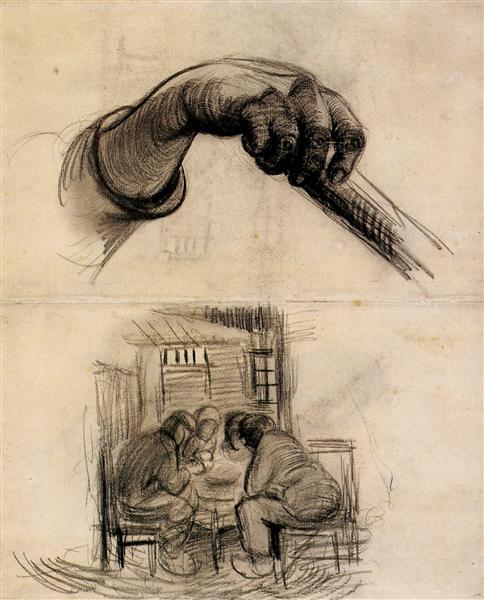

In addition, some critics point to the possibility of greed and exploitative practices that may be justified by “self-interest” and the invisible hand. Consider any time you’ve gone to the grocery store and overspent because you were hungry or sleep-deprived. As humans, we don’t always act rationally but based on emotions or needs. However, the invisible hand theory assumes that consumers are rational when making economic decisions. Without government intervention, markets operate on their own based on consumer preferences and actions. In theory, people acting in their own self-interest create supply and demand and market efficiency, creating a positive outcome for the economy as a whole.
#Invisible hand definition economics free
The concept of the invisible hand is based on the concept of the free market and states that people tend to pursue their own self-interest by creating a market equilibrium that benefits consumers. How the ‘invisible hand’ affects the economy Read more about this concept and economic surplus. Quick Instructions: Because people make economic choices based on their own self-interest, there can be a “surplus” for consumers or producers. This mistake was made crystal clear in the communist-era Soviet Union.” “In fact, a visible hand that acts like a price-fixer can end up being suboptimal. “Smith’s invisible hand theory shows that an optimal distribution of goods and services among a number of producers and consumers can be achieved without a ‘visible hand’ directing them to do so,” says Edeses. Based on these concepts, people act based on their own interests, which creates supply and demand and can create a competitive and strong market. The concept of the invisible hand is closely related to laissez-faire economics, which proposes that government intervention in the economy should be minimal and run its own course. “In other words, Smith was saying that by pursuing their own self-interest only – and with no conscious intention to help others – and by trading with each other, the butcher, the brewer, and the baker all help each other to provide what they need for their dinner.
/handGE-59862cc4396e5a00111013c3.jpg)
Smith adds that people act with their own considerations and interests in mind and not with ulterior motives, but may have positive and unexpected reactions. To promote an end which was no part of his purpose.’ These are two of the most famous quotes from Smith’s long book.” and Managing Partner and Special Advisor A M1K LLC, “The best example of how it works is given by Smith himself in that book: ‘It is not from the bounty of butcher, brewer, or baker that we can expect our dinner, but their own interests.’ He followed this up by saying, ‘He conducts the industry in such a way that his products may be of the greatest value, he only desires his own gain, and in many other respects he is guided by an invisible hand. Understanding the invisible hand and how it worksĪccording to Michael Edeses, Ph.D. As part of the concept, Smith said people act in their own best interest, which ultimately benefits the economy as a whole.Īlthough the theory is often used as a backbone to support the idea of free markets Some have said in the past that the idea was taken out of context. The metaphor of the invisible hand is used to describe underlying forces that we don’t see that influence people’s economic choices. The invisible hand is a fundamental concept of rational choice theory, which states that people will make decisions based on their own personal interests and benefits. One framework for understanding consumer behavior is invisible hand theory, a concept proposed by economist Adam Smith that depicts the hidden, self-interested forces behind people’s economic choices. After all, the question of why a buyer might choose one product over another is worth a lot of money. Investors and economists are always trying to better understand consumer behavior and why we make the choices we make.


 0 kommentar(er)
0 kommentar(er)
